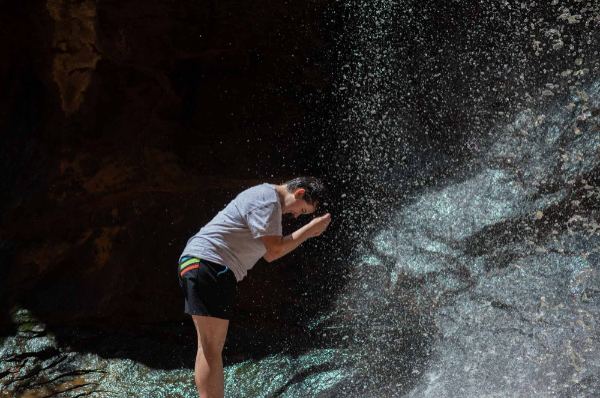'We are the future': Students experience the unpredictability of water in western U.S.
PAGE, Ariz. -- For the majority of students who have grown up around the Great Lakes, it’s easy to take water for granted. As they spend four weeks experiencing first-hand the drought in the western United States, their outlook on water is changing.
For Jenna Kuiper, a rising sophomore studying political science, the journey has been eye-opening. “This trip has shown me a lot of new stuff I’ve never thought of before, and I would have never been able to explore if I hadn’t gone on this trip.”
Where water supply in Michigan is fairly predictable, students on this trip have learned first-hand that water in the west is not. One day, sudden unexpected rainfall and the risk of flash flooding prompted a swift exit for the group from Water Canyon, where they had just arrived after a 45-minute hike. The very next day, students hiked just under a mile in near 90-degree weather near horseshoe bend with the promise of seeing a waterfall, only to find that it had dried up.
For Kuiper, this trip has opened her eyes to the importance of education and preservation of natural resources. “We are the future. The more that we choose to teach ourselves and learn, the more that it will benefit us in the future when going about water allocation and water issues.”



















